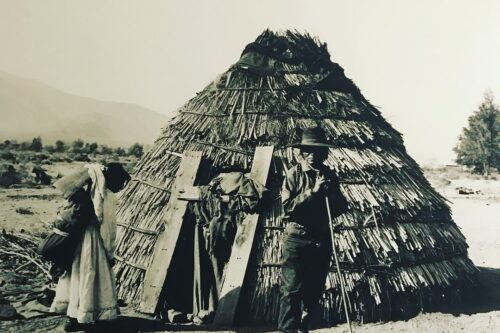Wildflowers in the Eastern Sierra

Superbloom?
It happens! When California has an early wet winter, get ready to book your trip!
Have you heard of the wildflower “super bloom” that happens periodically in the deserts of the Southwest? It’s a pretty special event that occurs in spring when conditions have been just right.
But! You don’t have to wait for a super bloom to visit the Eastern Sierra to see the magic of wildflowers in this vast, untamed, and natural setting. Wildflowers bloom here every year and it is an experience that you can enjoy with the whole family any year, anytime from about early March to late September.
More than 6 months of Wildflowers
What sets the Eastern Sierra apart from many other desert wildflower regions is its extremes in elevation combined with a diverse geologic environment. It is also the intersection of three major biotic provinces – the Mojave, Great Basin, and Sierra Nevada – with the result that this region has a wide variety of vegetation communities. Thousands of species occur here and many are unique to the Eastern Sierra.
This unique geographic region allows for a long and abundant growing season.
Take a walk on the Wildflower side
Wildflowers can be seen from the comfort of a vehicle, but viewing is best done on foot. A walk on the wild side of the eastside can be a magical experience. The great variety of flowers offers an opportunity for learning about our natural world in our big backyard. It is a wonderful time for families to get out together to walk, talk, and learn about our amazing natural world.
Visitors to the area can find out what is growing where at a moment’s notice during the growing season – or plan a special trip to see something specific. The latter might require a little flexibility around dates, but plenty of up-to-date information is available from the Bishop Information Center. Call us on (760) 873-8405 or stop in at 690 N. Main St for the current status of blooms in the area.
Welcome!
You’ve come to the right place. Look at our Wildflowers Tutorials page to get all the info you need on what, why, where, when, who, and how to see the magic of wildflowers in the Eastern Sierra.
And don’t forget that there are so many other wonderful outdoor activities you and your family can do while you’re here. Call us, browse our website, or come into the Visitor Center and let our friendly, knowledgeable staff help you have the best big backyard experience you could imagine.




